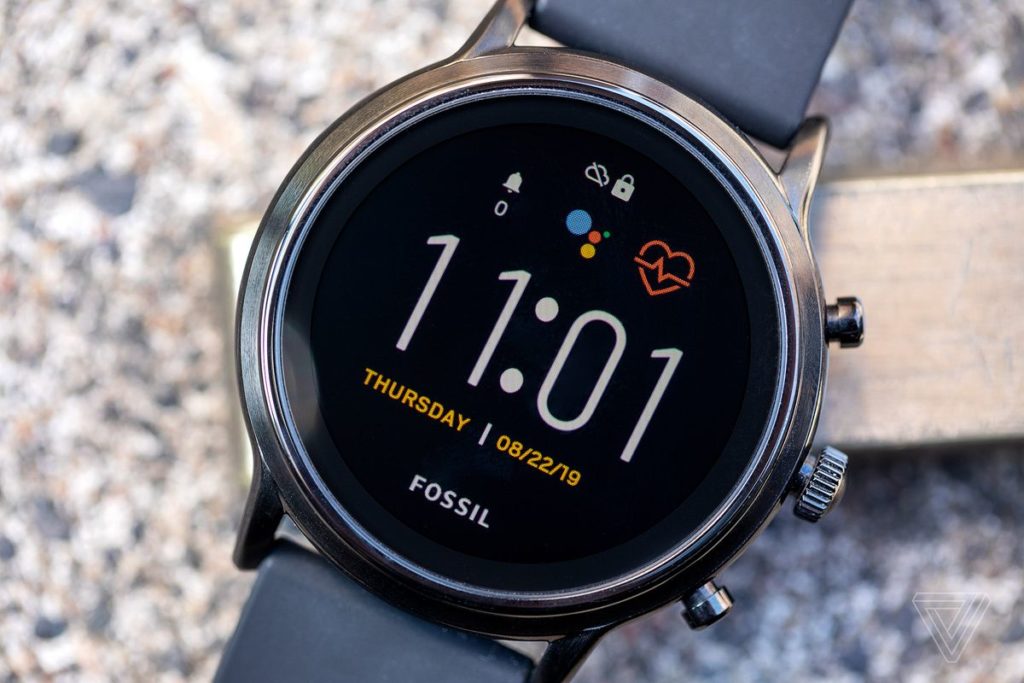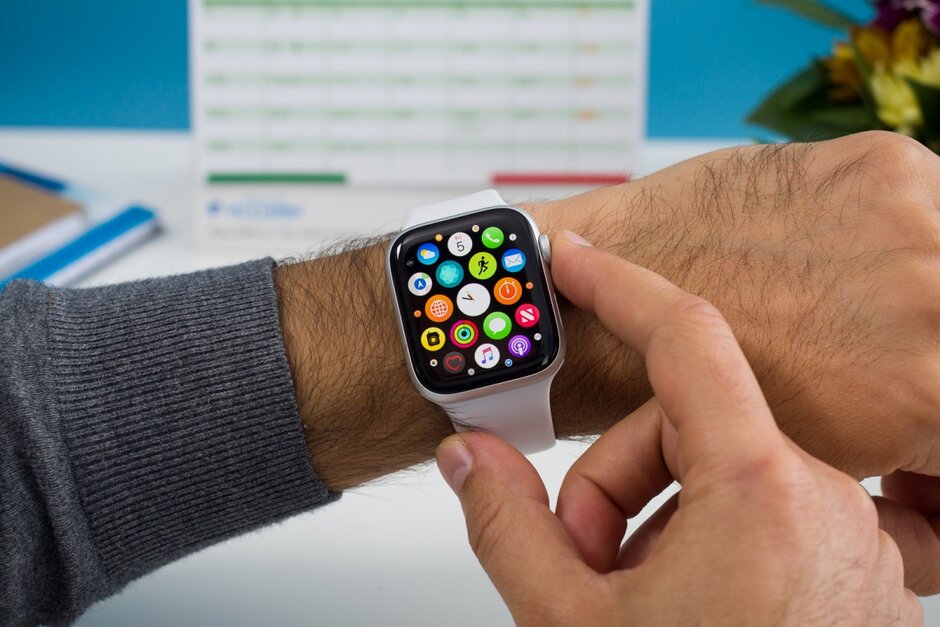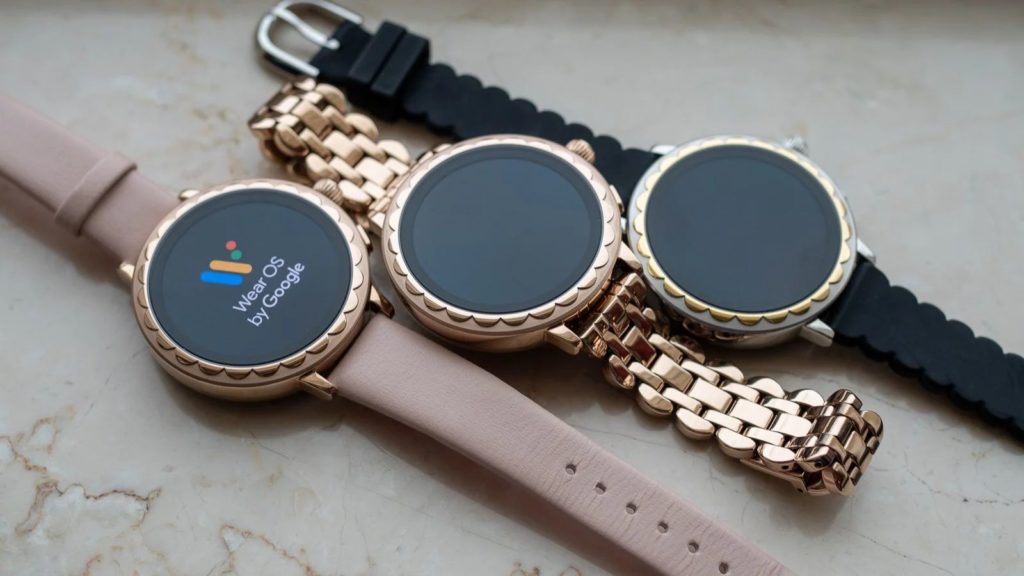Traditional luxury watchmakers that have been around for decades and centuries, like Rolex and Patek Philippe, have recently had to make some room on the lists of the best-selling watch brands by value, and the newcomers might shock you. They are none other than the mega billion-dollar tech giants, Apple and Samsung, as well as Fitbit, the maker of fitness trackers.
These three smartwatch producers have made their way onto the best-seller lists by successfully invading the long-lasting, traditional mid-range watch market. For example, the US sales of smartwatches are booming, as they rose by 24% in the first half of 2019, compared to the same period of last year.
This is a follow-up to the 51% increase in dollar sales of smartwatches in the whole of 2018, as well as a 61% increase in unit sales. It is estimated that the size of the US smartwatch market in 2018 was almost $5 billion. Are traditional watches going to disappear, and how did it all happen exactly? Read on to learn more, and visit this website if you need a new traditional timepiece.
The Changing Market

Weston Henderek, director and industry analyst for connected intelligence at NPD, said, “Over the past 18 months, smartwatch sales gained strong momentum. The ability to be truly connected via built-in LTE without the need to have a smartphone nearby proved to be a tipping point for consumers. They now recognize the value in being able to complete a wide range of tasks on the device, including receiving notifications, messaging, accessing smart home controls, and more.”
Meanwhile, traditional watches fell to 56% of the value of total US watch sales in 2018. In the fourth quarter of 2018, smartwatches outsold them and accounted for 55% of total sales during the holiday period.
“We have entered a new watch universe where smart options have become as significant as the traditional. Smartwatches are today’s growth engine. The $500 and below category, that’s smartwatch territory. Smartwatches are really dominating that price segment, said Reg Brack, the watches and luxury industry analyst for the NPD Group.
By estimations, one in four Americans between the ages of 18 to 34 owned last year. The clearest sign of dominance is the best-selling watch brand list. It goes like this:
1. Apple
2. Rolex
3. Fitbit
4. Patek Philippe
5. Samsung
Apple is the smartwatch king right now, and it is not even close. It accounts for around 50% of all global smartwatch sales, and they sold some 23 million in 2018.

Predictions suggest huge jumps in total smartwatch sales as well, from 51.3 million last year to 91.8 million units in 2019, as well as 131.6 million by 2024. They will still tell us the time, but they will also move deeper than ever into the fitness and health aspects, and connect with other systems and applications, at work and home alike.
Smartwatches have been disrupting the always-popular mid-range watch markets around the world, in both the fashion-watch segment that Fossil and Movado groups lead, and the mainstream segment that Citizen, Seiko, and Bulova have been leading for years. Since 2015 when Apple arrived, the disruptions have only been increasing.
In the first half of the soon to end 2019, the US sales of all watches that cost less than $1,000 fell by 15% in value. Sales of those below $500 fell by 16%. Women’s watch sales of models below $500 are down by around 22% from the first half of 2018.
Brack adds, “The category continues to struggle. What’s happening is that smartwatches are really cannibalizing the quartz fashion-watch segment. If you are a traditional watchmaker playing in that $500-and-under category, you’re facing real headwinds with that smartwatch consumer fixated on buying that electronic device before they buy your watch. Quartz fashion watches below $500 are getting eaten up by that smartwatch consumer.”
The CEO of Fossil Group, Kosta Kartsotis, said in August of 2019: “The wearables business in the United States is very, very strong. We’re going through a difficult challenge on that right now.”
Smartwatches are without a doubt causing trouble at the low end of the market too. There is no evidence however that they are hurting the luxury market. Watches that retail at $3,000 have held a strong grip in the first six months of 2019, and the whole of 2018.
Brack continues, “I think the rise of smartwatches is actually helping bring new users into this category. Our consumer polling data shows that a very low percentage of consumers – only 17% of those polled – say that their purchase of a smartwatch would prevent them from purchasing a traditional watch, either now or in the future.
For many of those smartwatch consumers, that’s the first time-telling device they have worn on their wrist. And many times, they graduate to a traditional-watch purchase. So, we really look at smartwatches as a gateway drug into traditional watch purchasing.”
Potential Troubles on the Horizon

One thing that can greatly influence and slow the smartwatch movement, especially in the USA, is their ongoing trade war with China. Smartwatch imports from China were hit hard by 15% tariffs that began on September 1. They affected Apple, Fitbit, and Fossil the most, but they are not an issue for the South Korea giant Samsung, which has factories in South Korea and Vietnam. In addition, the USA based Garmin with plants in Taiwan did not have troubles.
Apple, Fossil and Fitbit have all publicly urged the Trump administration not to continue with their tariff escalations anymore, but they were ignored. All three companies say that they will have a serious impact on their business everywhere because the tariffs will raise the costs of goods and lower gross margins.
They will then also have to increase the prices of their products, which is sure to drive down the currently high demand. The revenue and operating results will suffer the most, as they say. According to Fossil, the new tariffs will lose them from $5 million to $10 million in the second half of this year. Others did not comment, and none of the three talked about actually raising their prices. Maybe just think about going for a more classic option, Watch Shopping could be a good start for that. The analog is forever!





